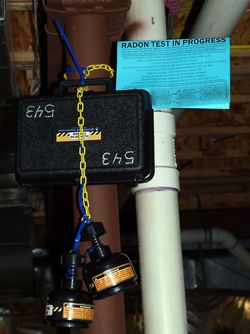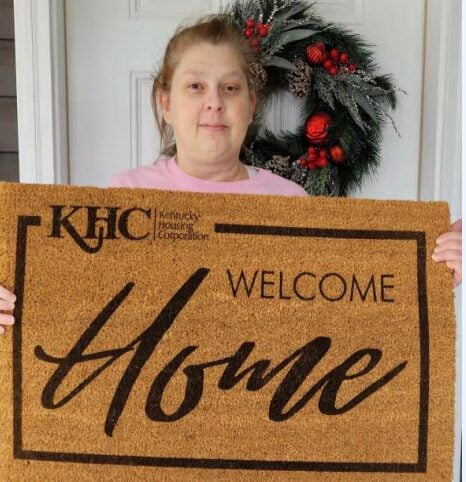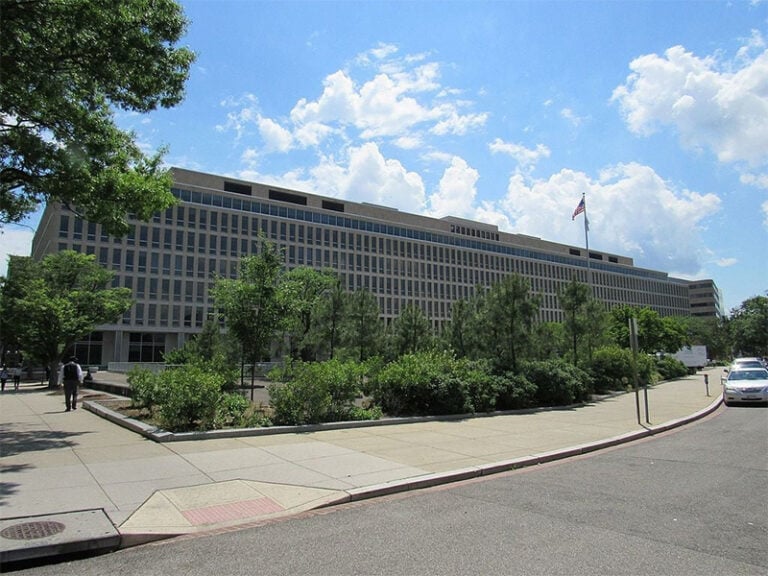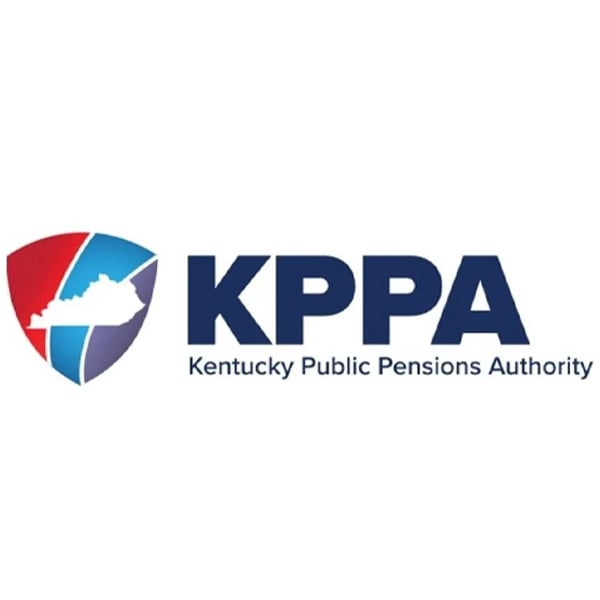By Gayle Pille
Special to NKyTribune
There is a killer amongst us. This indiscriminate killer can be found just about anywhere, lurking in our basements and creeping up into our homes, our schools, and our offices. It is silent, invisible, sinister – and deadly.
Radon is second only to smoking as the leading cause of lung cancer in the U.S. This naturally occurring gas is colorless, tasteless and odorless; and is formed by the breakdown of uranium, which naturally occurs in our soil and rock. It enters our homes through basement cracks and crevices, via a sump pump, or even floor drains.
It’s everywhere. Take two houses side by side in a crowded subdivision and one can have low levels of radon while another has very high levels. In fact, one of every 15 homes in the U.S. has high radon levels. In Kentucky though, 42 percent of all buildings contain elevated radon levels, six times the national average. More than 21,000 people die yearly of lung cancer in the U.S. from high radon levels, about the same as those with leukemia and lymphoma.

How does this naturally occurring gas, which is found everywhere at some level, affect our lungs? As radon gas decays, its small radioactive particles can get trapped in our lungs. As these particles continue to breakdown, they release small bursts of radioactive energy that can damage lung tissue and ultimately lead to lung cancer.
Children, with their smaller lungs and faster breathing rates, may be at an even greater risk. Radon is a well-known carcinogen and smoking only enhances that risk.
Every home in Kentucky has the potential for radon to occur. Specifically, Northern Kentucky has the potential for moderate to high levels. That said every home should be tested for radon. It does not matter if it’s an old home or new home, with a basement or a crawl space – any home can have high radon levels. Schools and offices are equally at risk and should be tested.
If you’re buying a home, make sure it’s tested for radon before you sign the dotted line. And if you’re building a home, install a passive radon system.
There are safe levels of radon. The amount of radon naturally occurring in the air is measured in “pico curies per liter of air,” or “pCi/L.” On average, most indoor radon levels are a safe 1.3 pCi/L, while outdoor levels are even lower at about 0.4 pCi/L. Any home with a level above 4.0 pCi/L should be mitigated. The higher your level, the greater your risk. It’s not uncommon for some buildings to have levels of 20.0 pCi/L of radon or more.
High radon levels can be fixed. If you discover high levels in your home, contact an EPA Certified Radon Professional. They can provide proven methods to significantly reduce radon in your home to a safe level. The method primarily used is a vent pipe system with fan which pulls radon from beneath the house and vents it to the outside. Costs range from approximately $800 to $2500.
Your first step though is to test your home for radon. It’s easy and takes only a few minutes. Short-term, do-it-yourself tests are the most commonly used and provide relatively accurate readings if done per instructions.
The Northern Kentucky Health Department provides a free test kit upon request to homeowners. Contact at 859-363-2022. And if you discover high radon levels, call Kentucky’s Radon Hotline for contact information for an EPA Certified Radon Professional at 502-564-4856.
January is National Radon Action Month, so don’t tarry. The sooner you test for radon, the less likely you are to fall victim.
Gayle Pillie lives in Burlington.



















Great information. Wish more people knew about this.
This is a really important thing to do before you buy a new home or move into a rental with a basement. I’ve known some home sales agents who have tried to talk people out of this — claiming that it is an unnecessary action and all the stuff about radon is “hype.” Take my word for it, it’s not. Stick to your guns if you’re moving into a new place. It is critical that you know about the existence of this stuff to keep you and those you love safe. Thanks, Gayle!
Thank you Gayle for helping to save lives by informing the citizens of Northern KY about the real possibility of the development of lung cancer from radioactive radon exposure. It is such an easy way to help save a life. Perform a simple test; and if the level is elevated (above the World Health Organization’s recommendation of 2.7 pCi/L, contact a licensed and certified radon professional to lower your radon level and lower your risk of getting lung cancer.